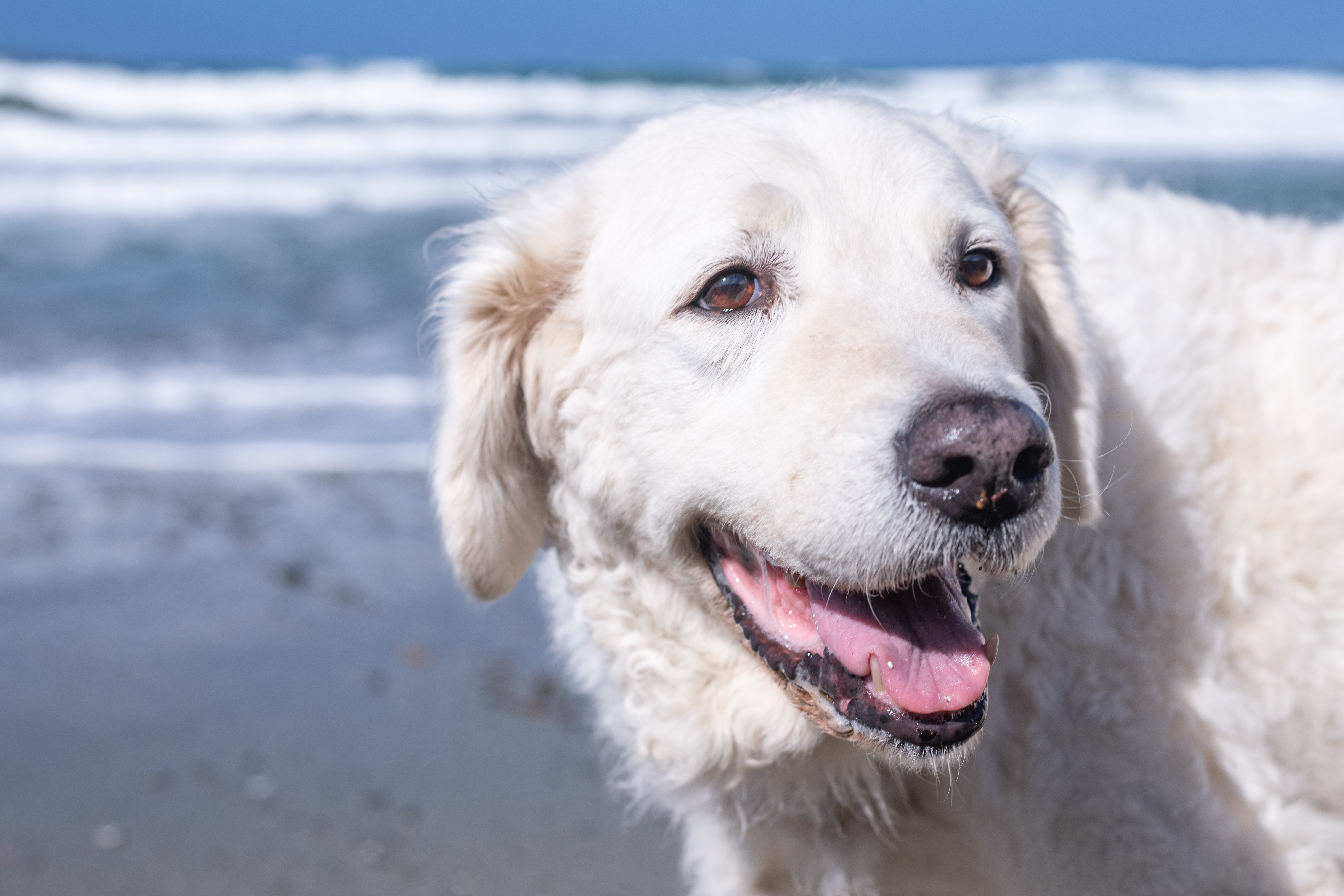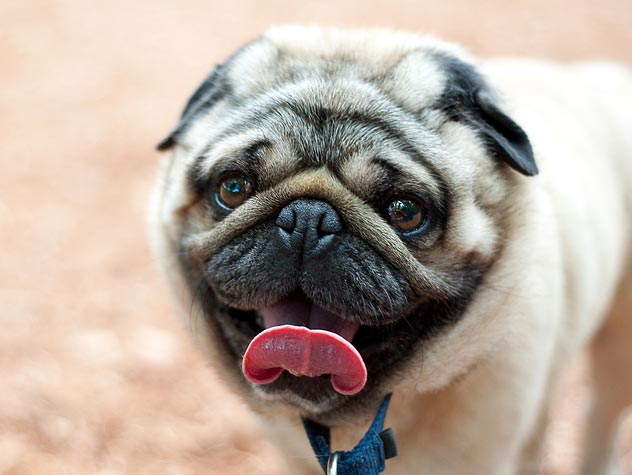Kuvasz
Sometimes also referred to as the Hungarian Kuvasz, the Kuvasz is a large dog filled with power and agility. They were bred to work as guardians and herders. Kuvasz dogs have a double coat that can range from wavy to straight. They are independent thinkers and often don’t find training to be worth their while, requiring extra motivation. Kuvasz owners should preferably live in rural areas, ideally on working farms.
Breed characteristics carousel
Learn More
Need to Know
- Dogs suitable for experienced owners
- Extra training required
- Generally healthy breed
- Enjoys vigorous walks
- Giant dog
- Some drool
- Requires frequent grooming
- Chatty and vocal dog
- Barks, alerts, and may be physically protective/suspicious of visitors
- Might not like other dogs
- May need additional training to live with other pets
- May need additional supervision to live with children
- Needs a large yard, preferably in rural areas
- Can be left alone with training
- AKC Registered Breed

Personality
Despite a gentle look, the Kuvasz is a sentinel dog who prefers to work rather than be a companion. They were originally bred to guard livestock and to live among the animals they protected. They can be gentle but do best in families with older children who can respect the dog’s boundaries. Reserved with strangers, the Kuvasz is calm and good-natured with other pets and livestock. They are devoted and loyal but prefer to show that through their work rather than cuddles.
The Kuvasz is also called the Hungarian Kuvasz and is closely associated with Eastern Europe, although the breed likely originated in Tibet, coming to Hungary by way of Turkey. (“Kuvasz” could mean “armed guard of the nobility” in Turkish.) An old breed, they were favored by Hungarian nobility, held in high esteem, and omnipresent on most Hungarian estates. King Matthias, who reigned in the late 1400s, was a patron of the breed.
Eventually, Hungarian Kuvasz dogs became more common and became livestock dogs, with the name morphing to its present spelling, which means “mongrel.” The dogs first came to America in the 1930s.
Ideally, Hungarian Kuvasz dog owners will specialize in this type of breed and meet a list of criteria to give the dog its best life: live remotely, don’t have a lot of visitors, and preferably have a working farm where the dog can do its job patrolling. This independent dog was bred to live with a flock, so while they do like humans, it’s not an easy bond.
A natural-born patroller, the Hungarian Kuvasz dog needs plenty of space to perform this duty, even if they aren’t working to actively protect a flock. They need to move constantly and a fenced-in yard with lots of land will allow them to do so safely. Mental stimulation through games and puzzles is also important.
Large and intolerant of strangers, the Kuvasz needs a lot of space, indoors and out. A rural fenced-in yard is best, away from other neighbors. A large house with plenty of room for the dog to walk, play, train, and dry off after a muddy romp is a good idea. Their size means that stairs should be used sparingly until the dogs are mature to avoid injury and unnecessary strain on their growing bodies.
A wooly undercoat and coarse topcoat make up the Kuvasz dog’s coat. They have a “mane” of long, thick hair around their necks, with longer hair on the backs of their legs and on their tails. The coat needs brushing regularly, especially when shedding. Get your vacuum ready—there will be a lot of dead hair.
Quick thinking and independent, the Kuvasz dog needs clever motivation to train properly. Consistency, positive reinforcement, and outside-the-box thinking are needed, as simple food motivation is not likely to get the job done. Owners will have to earn the dog’s respect.
If you live in remote or rural areas and have a secure fenced-in yard, the Kuvasz could be a good fit for you. Older children who can respect the dog’s boundaries are preferable. Small children are likely not a good fit as the Hungarian Kuvasz dog can be slow to mature. Be sure to alert any mail carriers or delivery people—the Kuvasz does not tolerate strangers.
The cost of a Kuvasz from a breeder is significantly more than the cost of adopting one from a local shelter or rescue. The adoption fee usually covers additional items such as spaying or neutering, vaccines, and microchipping.

Learn more about feeding and caring for your Kuvasz on Purina.
Did you know?
- Legend has it that King Mattias, King of Croatia and Hungary during the late 1400s, wanted his Kuvasz dogs with him at banquets. They would serve as a giant napkin for him—he wiped his hands on their coats.

